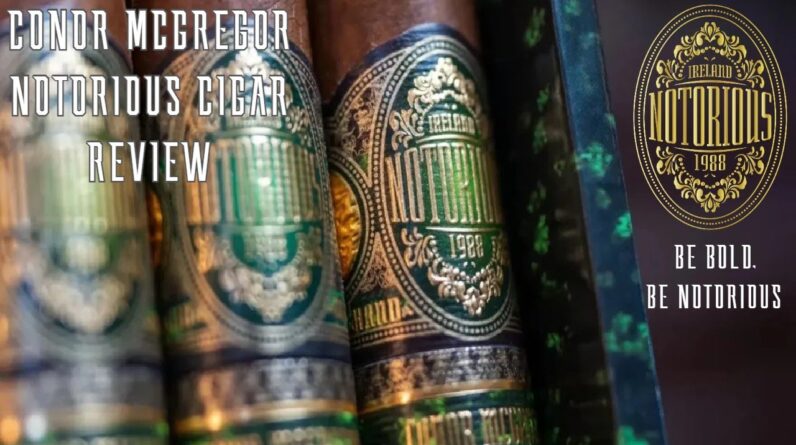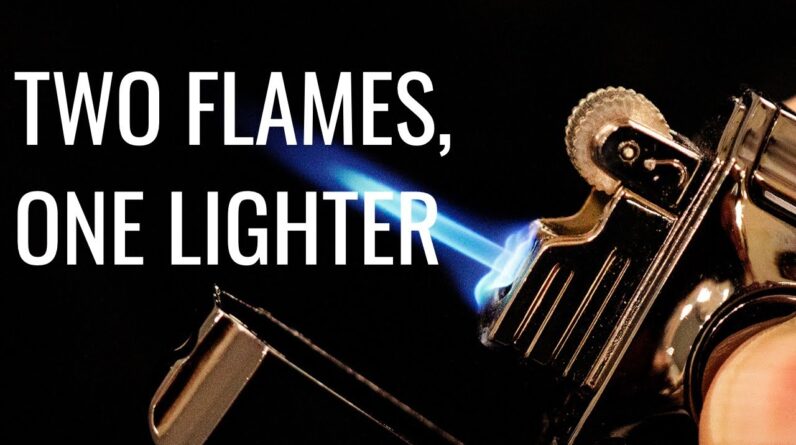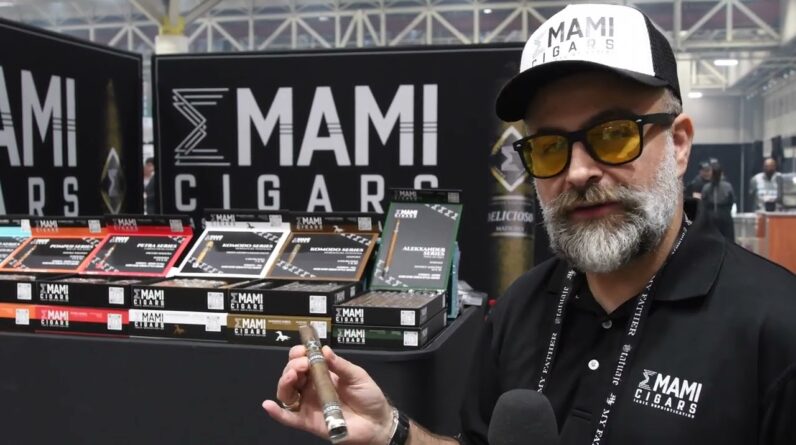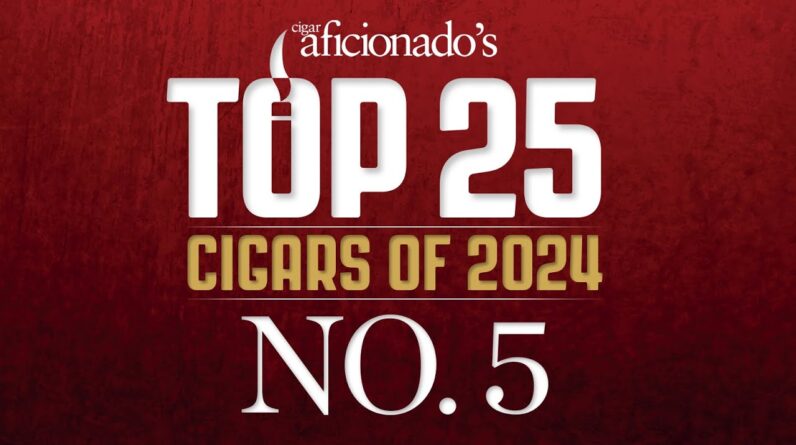Tony Bellatto gives us the rundown of what’s happening with Bellatto Premium Cigars and how they are recovering from the fire at the Tabacalera William Ventura and Intercigar S.A. factories last year.
For more coverage of the PCA 2023 Convention & Trade Show, please visit: halfwheel.com
Twitter —
Facebook —
Instagram —

How Cigars Are Made
Unlike cigarettes and other mass-produced cigars, which are filled with dyes to alter their color and flavor, premium cigars are made only of tobacco leaves that are grown, fermented, aged, and then handcrafted into the finished product by trained workers. As a result, they are more expensive to produce than mass-produced brands.
Cigars can provide a number of benefits to smokers, including relaxation and enjoyment, social bonding, and appreciation of flavors and complexities. For some, smoking a cigar is an enjoyable ritual that allows for the slowing down of life and the savoring of a premium product that takes time to create.
The tobacco used to make a cigar is grown and harvested in various regions of the world, each with unique soils and climate that produce distinct flavors. The cigar maker can combine different sizes and types of tobacco to create a distinctive flavor, strength, and aroma profile for a brand.
Once the tobacco is harvested, it is sorted for color consistency and sent to the fermentation room. It is then rolled into the shape of a cigar. The outer leaf is called the wrapper and is often chosen for its luster, flexibility, and evenness of color. The head and foot of the cigar are then capped, which requires considerable skill.
As the tobacco industry continues to focus on promoting the positive health effects of cigars, federal agencies should continue to identify strategies to monitor patterns of cigar use and promote clean indoor air policies for cigar bars. Moreover, the FDA and NIH should research cigar marketing practices and determine whether these practices are uniquely attractive to youth.






